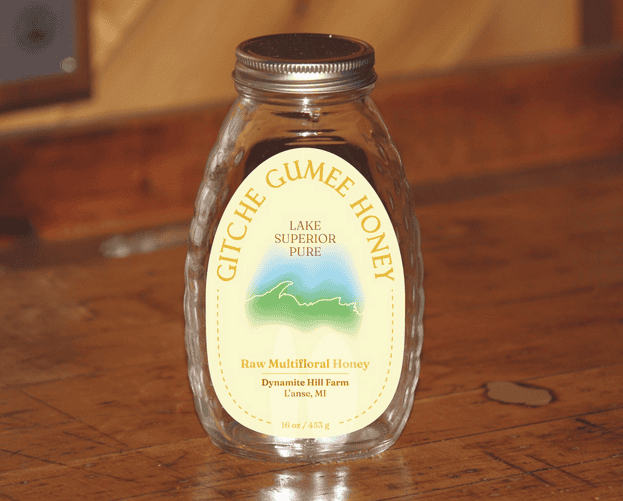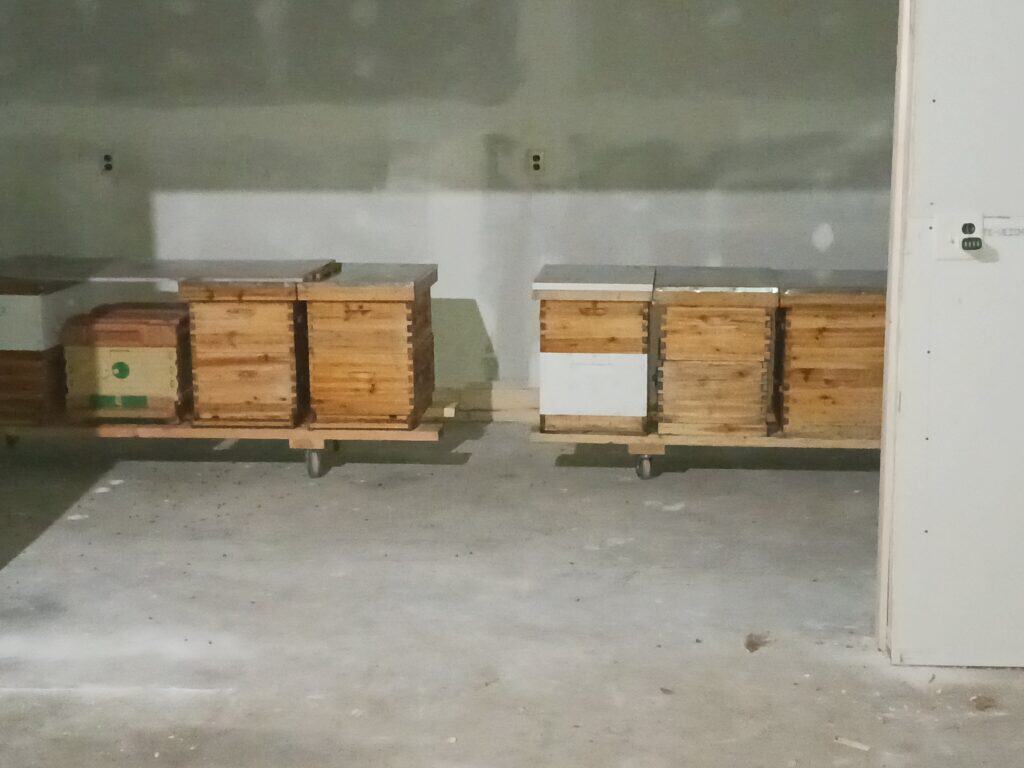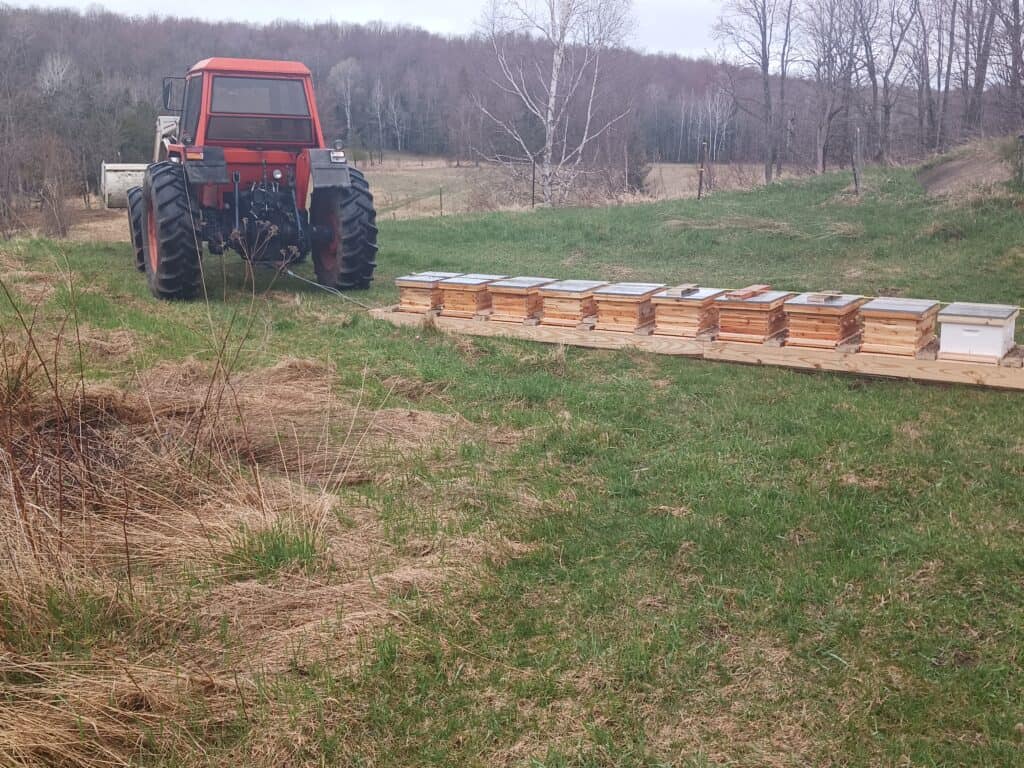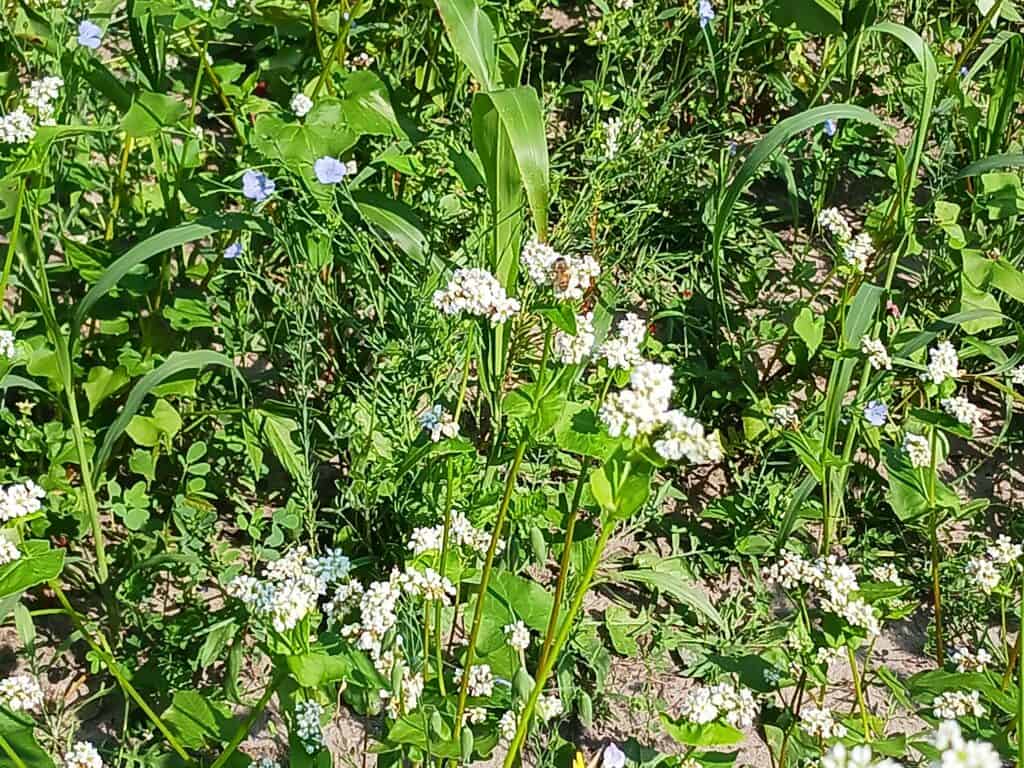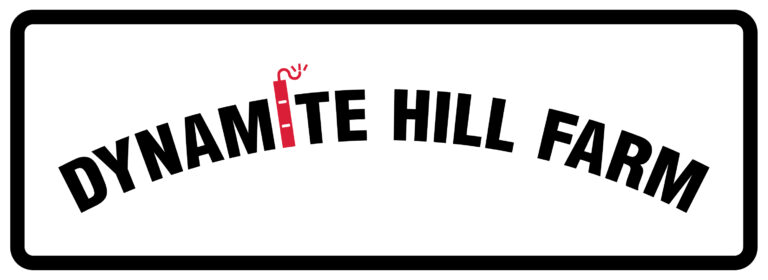Apiary
In 2023 we started on our journey at add an apiary to our operation. Establishing and managing highly productive forage crops was clearly the first step. In 2023 we established 11 acres of sainfoin, in what was a neglected pasture. Lots of rock picking involved. Soil testing indicated reasonably fertile soil. We bumped up the PH a little, since sainfoin likes an alkaline soil. Our summer seeding was weed free, and actually stayed green over the winter. We were thinking about certifying the field as organic, since we have not, and will not be applying herbicides. Given some trace mineral deficiencies, we decided to go the Regen Ag route, where we focus heavily on soil biology. We coordinated with the John Kempf organization, Advanced Eco Agriculture for guidance regarding soil and biological amendments. Upper peninsula soils tend to be low in Potassium, Moly, and Cobalt, all elements needed by a legume like sainfoin.
In 2023 we got started with three hives of bees in order to learn how to be responsible beekeepers. We did manage to inspect the bees a few times and became comfortable around them.
When I picked up the bees, one of the containers was not completely closed, and bees started leaking into the pickup cab. I was told these were gentle bees and was not totally alarmed, but nevertheless, did have some apprehension. By the time I arrived home, I suspect there were 300 bees loose in the cab. They were walking on my fingers and landing in my hair. Did not get stung. That was my initiation relative to bees. No fear, but respect. Our bees were an Italian/Carniolan hybrid. Carniolan bees originate from the foothills of the Alps along the border of Croatia and Slovenia. Since my grandparents were from this exact area, and they established the farm, it felt right to go with these genetics. The bees turned out to be quite gentle. We joined a bee club and attended meetings throughout the summer, learning from experienced beekeepers. Learned a lot, but the most important lesson was that there is a lot to beekeeping, and I realized this adventure will require a serious commitment.
Research into honey shows that most of the honey sold in stores is from Brazil. Up to 90% is adulterated in one way or another. Heating destroys the antimicrobial components in the honey. Some honey contains cheap syrup. There are no requirements for chemical testing for honey, although some producers do this voluntarily. The attached map shows glyphosate application rates across the country. A lot of honey is produced in association with farming operations where the bees pollinate the crops and take advantage of the nectar. Unfortunately, most honey is produced in areas where there is heavy usage of glyphosate,
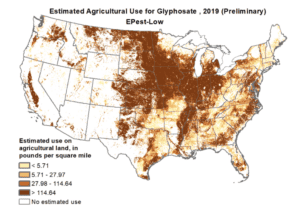
and other chemicals. The map shows clearly why honey produced in the UP is likely to be herbicide free. Bees typically forage in a circle with a 4-mile radius. We do not use herbicides, and neither do our neighbors. The natural forests are also clean. This will be an important advantage for our bees and also for consumers of our honey. We contacted the CEO of Sweetwater Science Labs about testing honey to certify our product. Sweetwater can measure any glyphosate, and also measure methylglyoxal and peroxides. These constituents are found at decent concentrations in Manuka honey. We also want to test for Oligosaccharides. These promote a healthy gut microbiome that significantly influences human immune system health. We believe that most people who eat honey do so for the health benefits. Providing customers with accurate test results will aid them in making wise choices.
Our 2023 experience was educational, but unfortunately our colonies did not survive the winter. We treated for mites late in the fall and found our colonies were weak at that time. They had plenty of honey, but the population was declining. An early spring inspection showed no survivors. In fact that honey stores were about what we saw in Oct, indicating they died off in the fall, shortly after treating for mites. The bees did leave a legacy of 300 lbs of honey that will help get the 2024 bees off to a strong start.
Mite treatment is an area of concern relative to our customers. Although approved, it is likely that some of the chemicals get into the honey. Our bee supplier has worked for many years breeding mite resistant bees. Their data indicated their untreated bees do as well as treated bees, based on survival rates. Based on this and a desire to avoid toxic chemicals, our program will not be treating.
2024 will be our first real year as a producer. Based on our sainfoin acreage, and a desire to get up to a million bees, we decided to manage 13 colonies. The 13 original colonies worked out well for the early republic, and perhaps this is a good omen for our planned effort. Hives are in the shop. Bees are ordered, and a bee yard has been designed. When conditions are right, we will get our bees and put them into our bee yard. Our setting looks perfect, with good morning sun, and afternoon shading.
Michigan does not require a license to produce and sell small quantities of honey. Our effort, although modest, exceeds allowed production, and will require licensing and also certification and inspection of our honey house. The honey house is where honey is extracted from the frames, and bottled. Since honey does not spoil, rules are focused on cleanliness. After consideration of several alternatives, the plan is to convert part of our shop into a special purpose room dedicated to honey. New concrete with drains, metal internal walls, heating, water, and even a septic system is planned. The space will also be used to house the bees in a temperature controlled winter environment. Given our long winters, this seems to have potential to significantly improve our overwintering performance. Specialized machinery will be needed both in our extraction line and in our bottling line.
We will sell in local markets, online, and perhaps in health food stores. We will also have byproducts like beeswax but will have to determine where to market this.
We plan on another 10 acres of sainfoin in 2024, which will support growth of the apiary. Depending how the sainfoin produces, and how various animals like the forage, we are considering interseeding sainfoin into our alfalfa when the field thins. We are also planning on seeding some of our lower ground to birdsfoot trefoil, another high nectar producing legume, in the summer of 2024.
So that’s the plan. Course corrections based on success or failure could change the plan. We are committed to this program and find the effort pretty exciting. Much to learn! With Regen Ag, and our unique location away from nearly ubiquitous chemicals, combined with a special forage, we think we can produce a truly healthy honey without trade-offs.
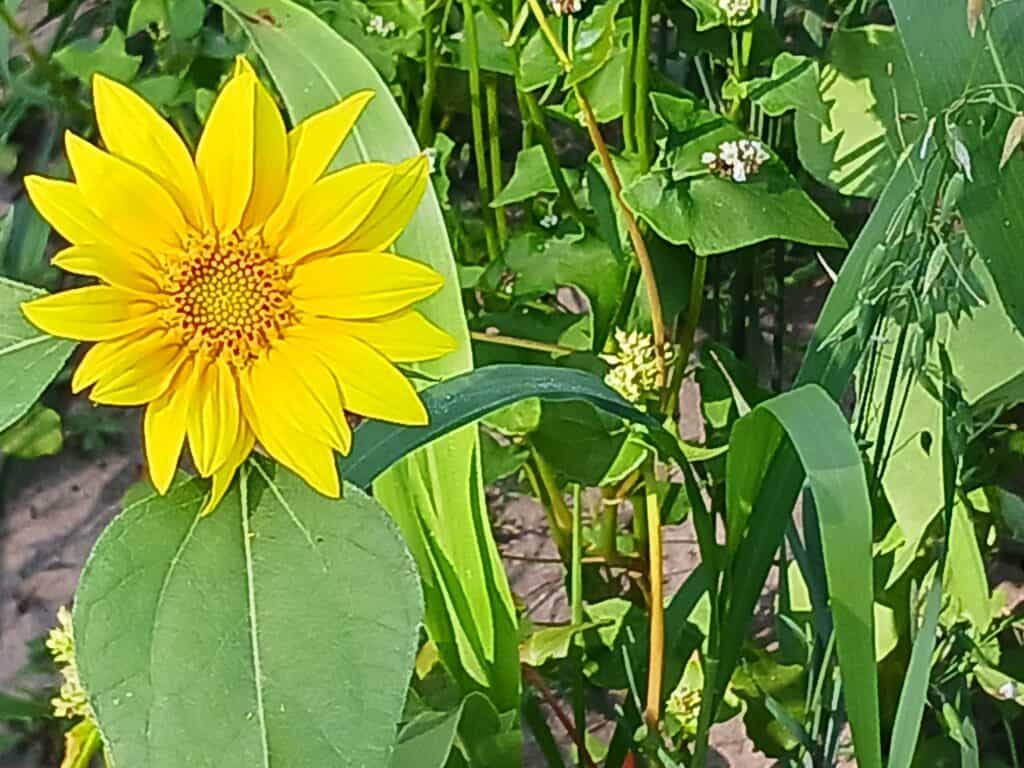
Bear foiled by electric fence around Apiary
